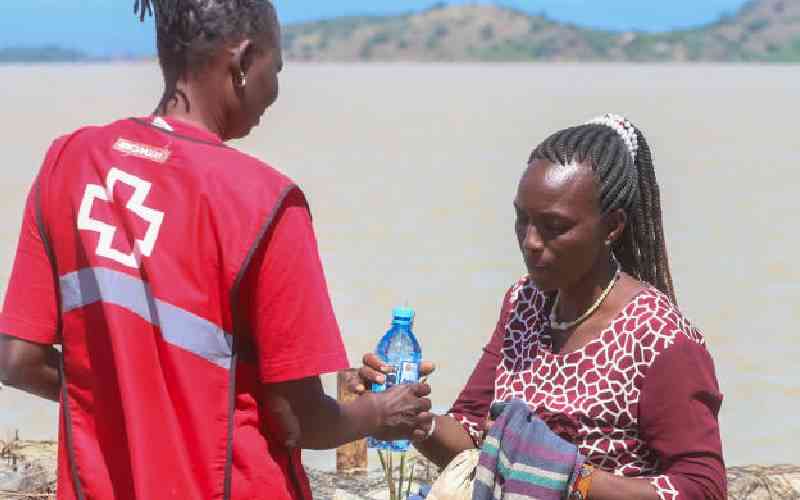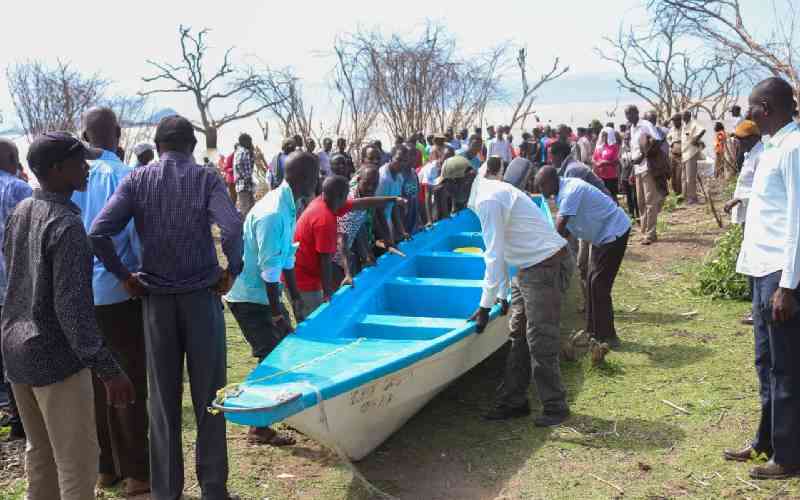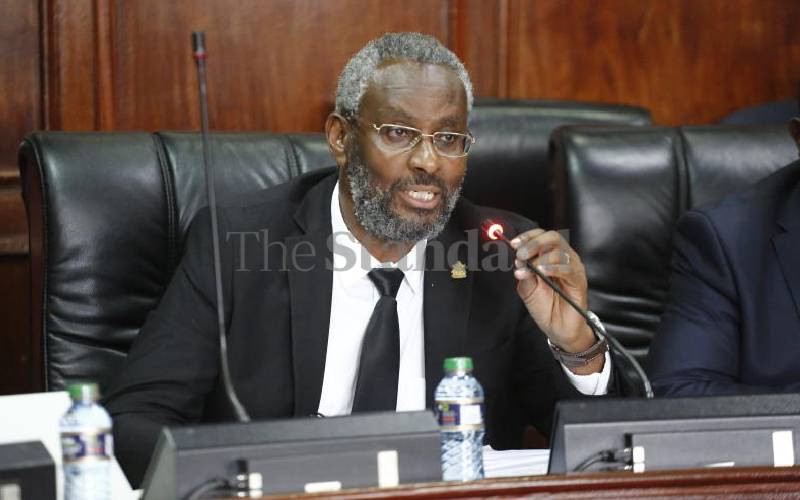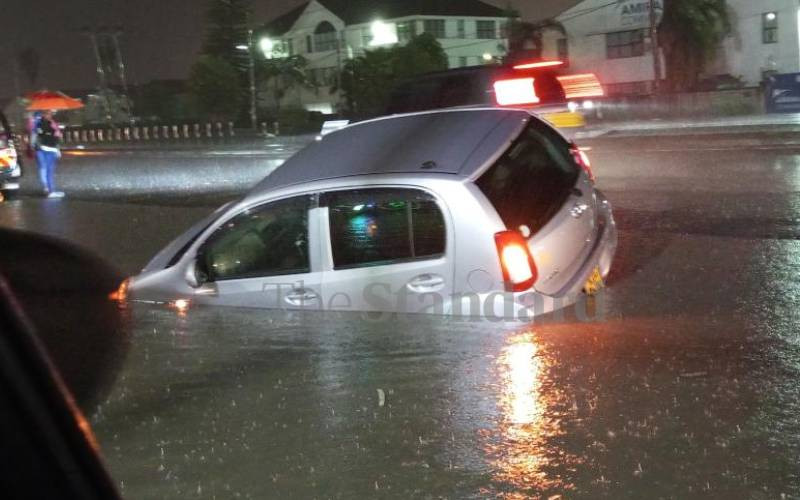By Thorn Mulli
Yes, now I remember, it was the haunting call of the Fish Eagle, that call that still inhabits me wherever I am in the four corners of the world. The flight of the Kingfishers, the Malachite Kingfisher, a splash of the furious colours of the rainbow in a crystal clear firmament. Every shade, every shadow, the light…nowhere as that light. Everything was filled with life.”
Recent reports on the rapidly rising Lake Baringo levels, flooding everything in its wake, shot holes through the hull of a fragile tourism circuit boat, and decimated the above splendid impression of Lake Baringo by writer Behnam Keryo.
Granted that the water levels could never have been fathomed by the present generation, exceeded only once in living memory in the 1960s, claims that all the lodges around the lake have been closed down are certainly unfair.
A six-hour road journey from Nairobi saw this writer arrive at Kampi ya Samaki, one of the smaller settlements after Marigat town, and the shores of the lake. The journey is characterised by shifting landscapes, from lush fields as you pass the equator, to harsher surroundings as you leave Kabarnet.
As the sun-scorched terrain takes over, vast wheat farms are replaced by sporadic honey selling markets, the most visible being Radat. My guide assures me the goats dotting the area are among the tastiest in Kenya.
Though small, by city standards, Kampi ya Samaki, accessed via a dirt road, hosts a post office, a clinic and an array of shops.
All lake area visitors are required to pass through the Baringo District Council Visitors and Statistics Centre to pay the entry rate of Sh200 for non-residents, and for locals, Sh50 for adults and Sh20 for children.
Our next stop is the Island Camp jetty, set a few kilometres from the airstrip, for a boat transfer to Ol Kokwe Island, the largest of several islands in the lake. The water levels have risen about four to five metres between March, last year, and May, this year.
Only the water reeds seem to flourish as shelters make their presence known through tin roofs floating in the water.
Far from the face of despair I expected, with 20,000 residents reported displaced, it is evident that Baringoians have picked up the pieces rather well.
Thanks to the risen water levels, visitors face a seven-kilometre boat ride to Island Camp, instead of a five-kilometre one. Approaching from the mainland, my destination looks no more impressive than a pile of rocks. But impressions can be deceiving, as the island is a marvel.
My host, Pierre Hennesy, who dons a kikoi while taking early morning refreshment orders, has done well with the establishment that is one of the oldest in the locality.
Even though, a few of its structures have not escaped the lake’s wrath, the camp refurbished by Pierre along with Bonnie Dunbar and Michael Beamishea, both experienced hoteliers, is world-class.
Three executive luxury suites, complete with hot water baths, have been erected to supplement the 23 luxury and standard tents that have also received facelifts.
Stay informed. Subscribe to our newsletter
My favourite hangout, is the pool area, with a bar and kitchen overlooking a rocky islet known as Gibraltar. From this point, one can savour the distant Tugen Hills lying west of the lake, and Laikipia Escarpment to the east, behind which the sun rises, making for spectacular light play and picture opportunities. From these highlands, several rivers, including Molo, Perkerra and Ol Arabel, flow to fill the lake.
On the grounds surrounding the sizeable pool, a sumptuous barbecue dinner is served. Later, guests shoot darts and make merry, and the generator that supplies electrical power at the camp parties on all night as well.
Before leaving the camp, a boat trip round the Island full of evidence of its violent volcanic origins is in order. Camp naturalist, Dickson, surprises guests with bird knowledge, even calling the Fish Eagle to swoop down for the fish he tosses out in a spectacular display.
 The Standard Group Plc is a
multi-media organization with investments in media platforms spanning newspaper
print operations, television, radio broadcasting, digital and online services. The
Standard Group is recognized as a leading multi-media house in Kenya with a key
influence in matters of national and international interest.
The Standard Group Plc is a
multi-media organization with investments in media platforms spanning newspaper
print operations, television, radio broadcasting, digital and online services. The
Standard Group is recognized as a leading multi-media house in Kenya with a key
influence in matters of national and international interest.
 The Standard Group Plc is a
multi-media organization with investments in media platforms spanning newspaper
print operations, television, radio broadcasting, digital and online services. The
Standard Group is recognized as a leading multi-media house in Kenya with a key
influence in matters of national and international interest.
The Standard Group Plc is a
multi-media organization with investments in media platforms spanning newspaper
print operations, television, radio broadcasting, digital and online services. The
Standard Group is recognized as a leading multi-media house in Kenya with a key
influence in matters of national and international interest.








